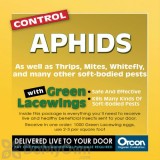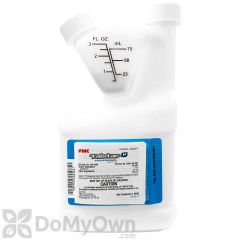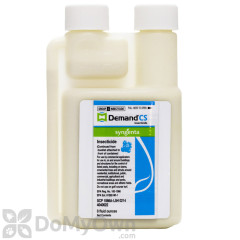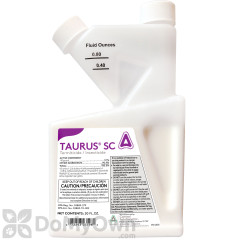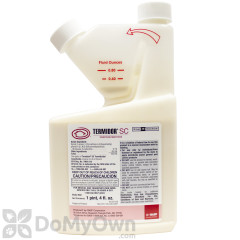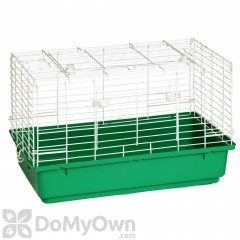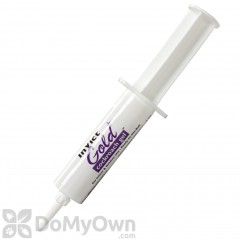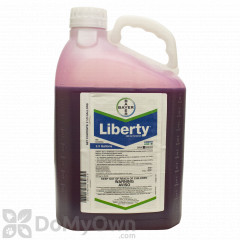Information About Green Lacewings:
What it is used for: Green Lacewings (Chrysopa Carnea) will eat many pest insects and mites. These pale green insects are a natural enemy of mites, white flies, aphids, leaf-hoppers, mealybugs, caterpillars, butterfly and moth eggs.
Cycle of Green Lacewings: Adult lacewings will be ½ to ¾ of an inch long. They have pale green wings that are transparent with bright metallic gold eyes. They have a characteristic fluttering flight, and will rise from the plants when disturbed, especially at night. Adult lacewings will feed on nectar, pollen, and honeydew. They will lay small pale green eggs on hair like stalk that are attached to the underside of leaves or on the bark of trees. In a few days, the Lacewings larvae will hatch from these eggs.
Directions/Application:
The lacewings will be shipped to you as eggs and will be hatching or very close to hatching by the time you receive them. The Lacewing eggs are mixed with moth eggs and rice hulls for food. The rice hulls serve two purposes: first, when the Lacewings hatch, they will be very hungry. If they are starving, they will often eat each other if food is not available. The rice hulls keep the Lacewings apart so they will not do this. Second, the Lacewings are so small, that it is easier to distribute them if they are in a carrier to give you more volume to work with. A thimble would hold around 10,000 Lacewing eggs!
Spread them around your plants. You can put small amounts in paper drinking cups and staple them to the leaves if you are putting them in trees. The Lacewing will crawl out and up the plant or tree. The larvae with then feed for around 3 weeks, then they will roll up into a little white pupae and emerge as an adult in a week and ready to lay eggs! When you are looking for the newly hatched larvae, they will be quite small, about the size of the gray egg or pale green egg from where they came – so it may be difficult to see them.
Water Washing: If your plants are already infested with aphids or other harmful insects, it is advisable to water wash your plants first. This consist of spraying the plants with water, this will knock the insects to the ground. The Lacewing larvae will establish themselves quickly and prevent further re-infestations.


